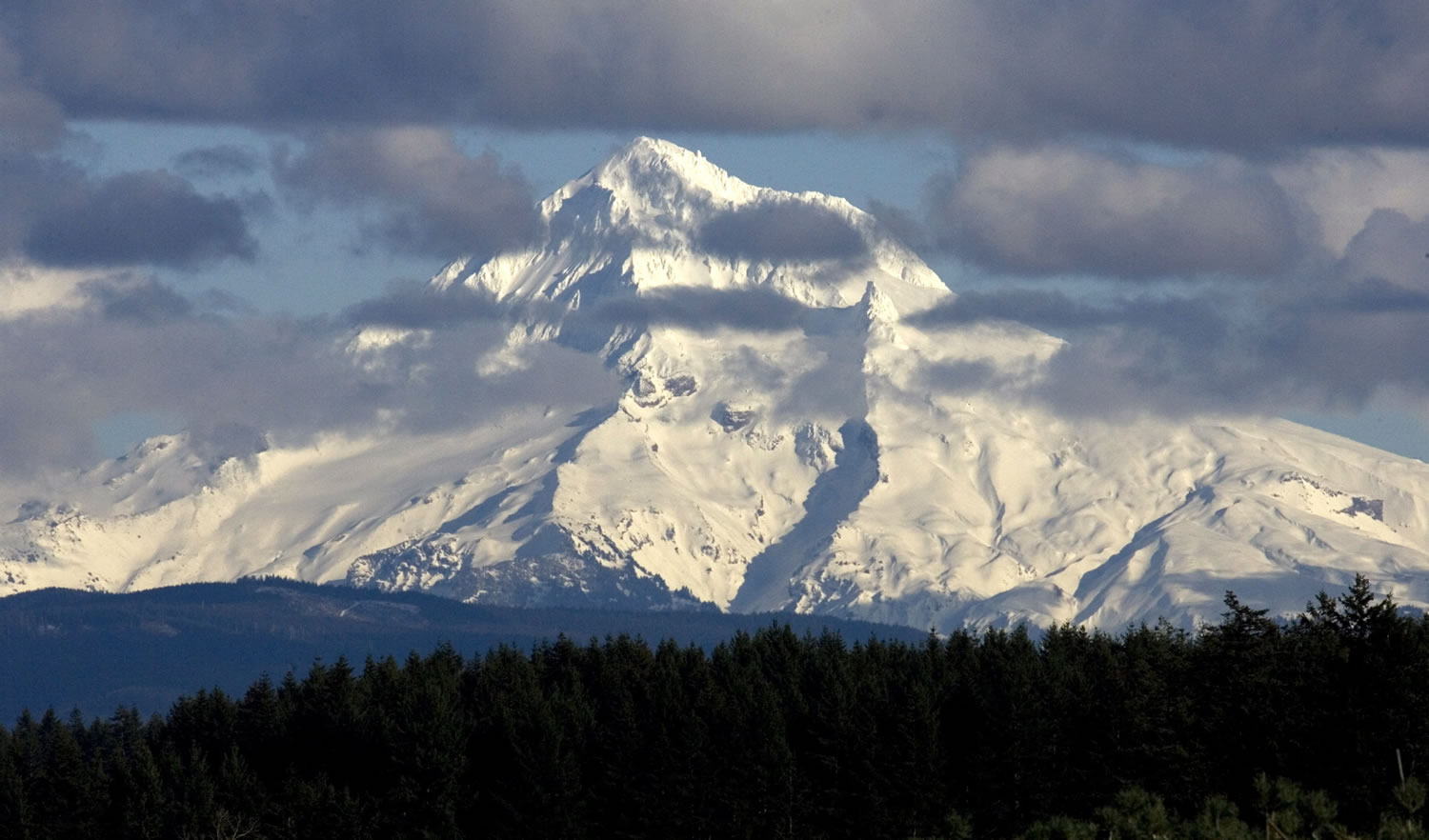In early January, Julie Koeberle was suggesting a snow dance to improve the Northwest’s ailing mountain snowpack.
Almost two months later, it’s hard to argue with the result.
“I think people kind of figured out how to do the snow dance,” said Koeberle, a hydrologist with the Natural Resources Conservation Service in Portland.
A mountain snowpack that once looked bleak for much of Washington has bounced back in a big way. A series of strong storms this month piled up huge snow numbers, nearly erasing the deficit created by an unusually dry December and January.
“This is great,” Koeberle said. “This is exactly what we wanted to see by the end of the season.”
In the Lower Columbia basin of Southwest Washington, mountain snowpack stood at 83 percent of normal as of Friday. On Jan. 7, that number was just 31 percent, according to the NRCS. Most of the rest of the state was in similarly bad shape.
Other parts of Washington have fared even better. Most of the North Cascades are above 90 percent of normal snowpack for this time of year, according to the NRCS. The Lower Snake Basin in Southeast Washington measured 107 percent of normal Friday morning.
Despite welcome gains, the region isn’t in the clear just yet, Koeberle said. Another prolonged dry spell this winter will bring those numbers down again. But the recent comeback leaves a little more breathing room, she said.
“As long as we continue to see these really good storms, or at least see storms at a normal rate for the next couple months, then we should at least be at normal levels,” Koeberle said.
The melt typically begins in earnest in April. Mountain snowpack is a major driver of the region’s water supply in the spring and summer, which affects ecology, agriculture and power generation, among other things.
Not all parts of the Northwest have enjoyed the same good fortune. Parts of Southern Oregon continue to struggle, with a handful of counties already bracing for drought conditions later this year.




